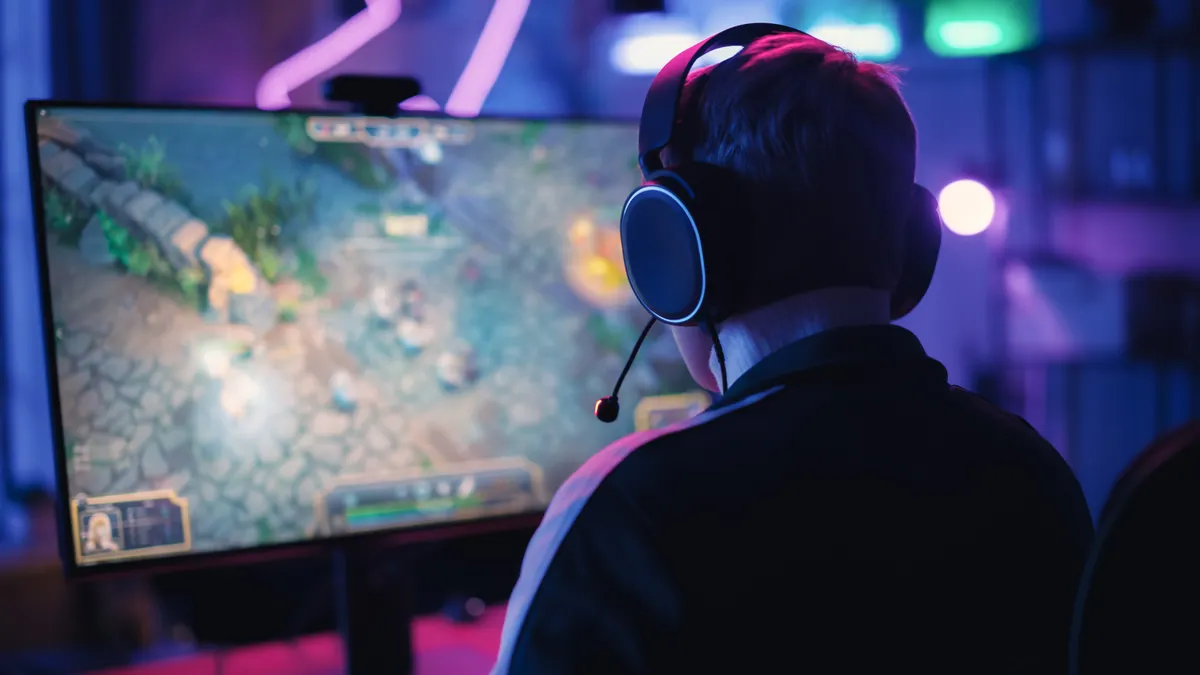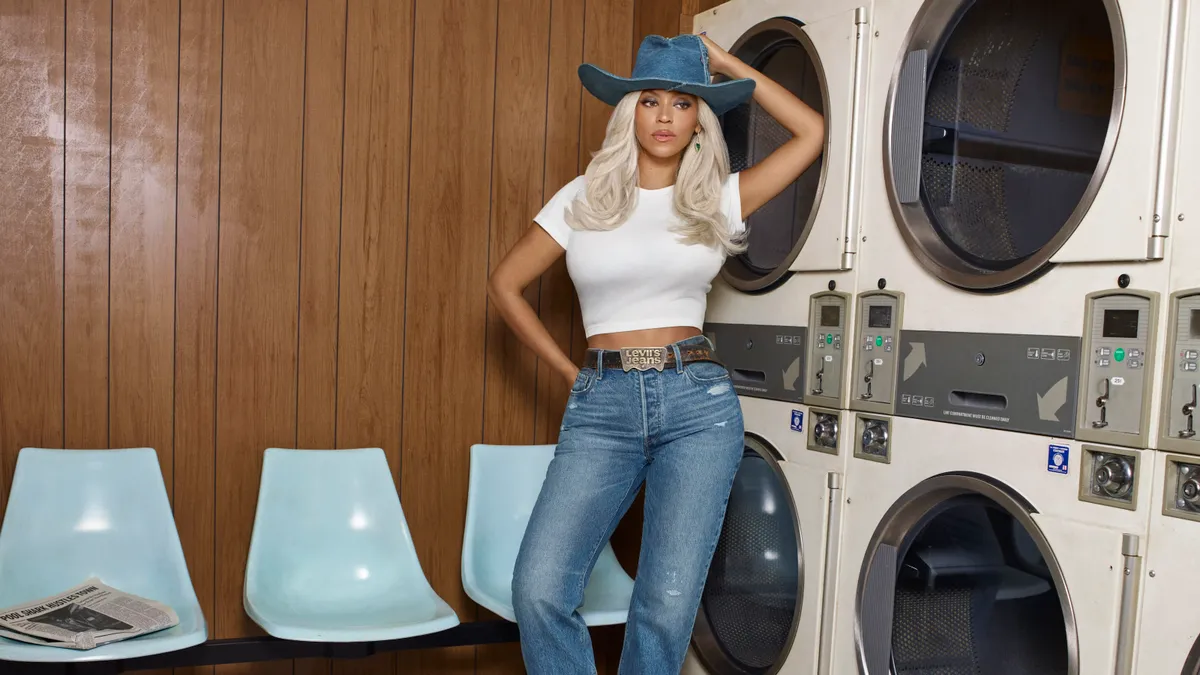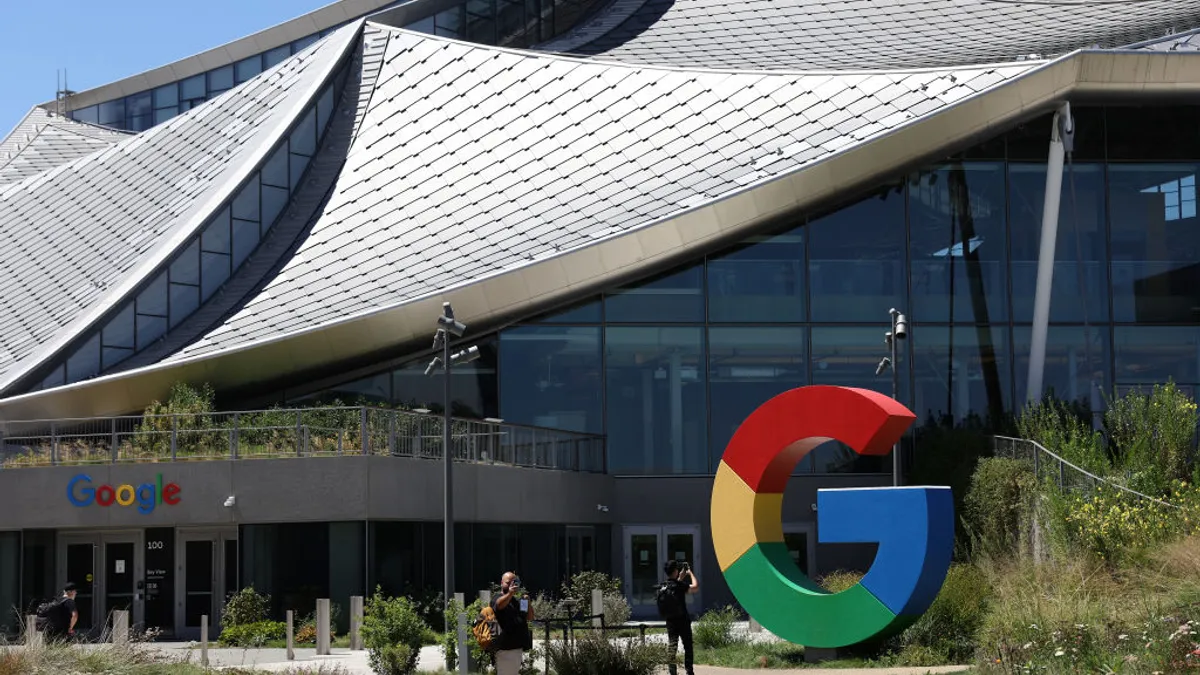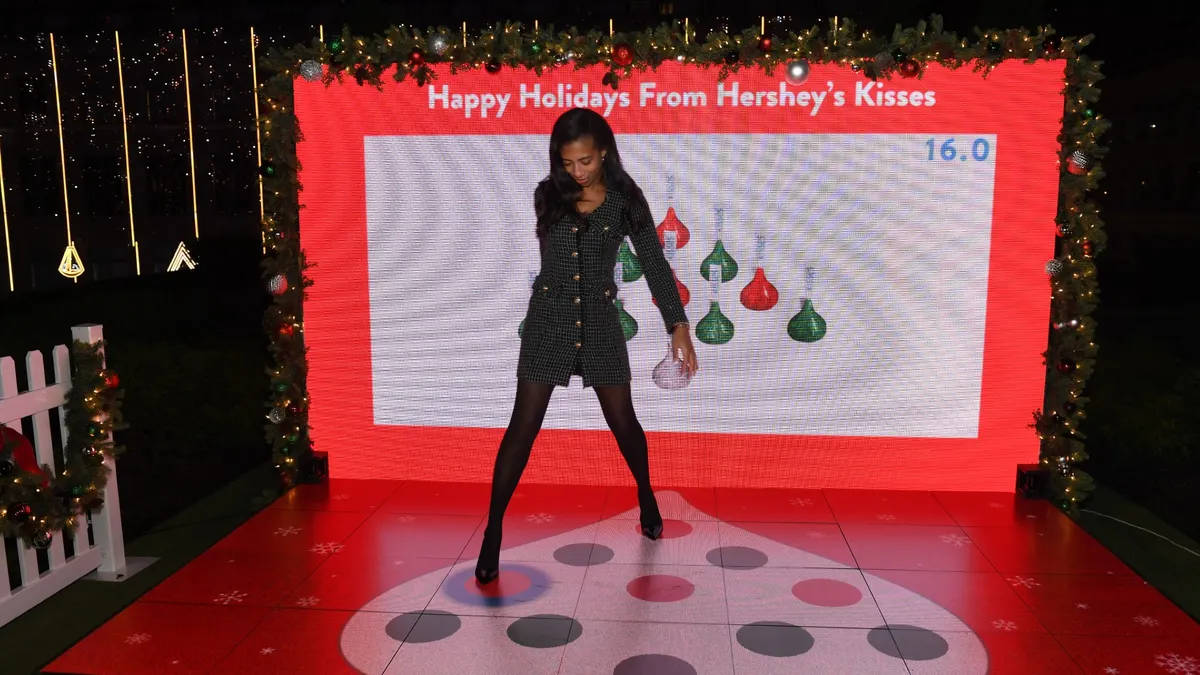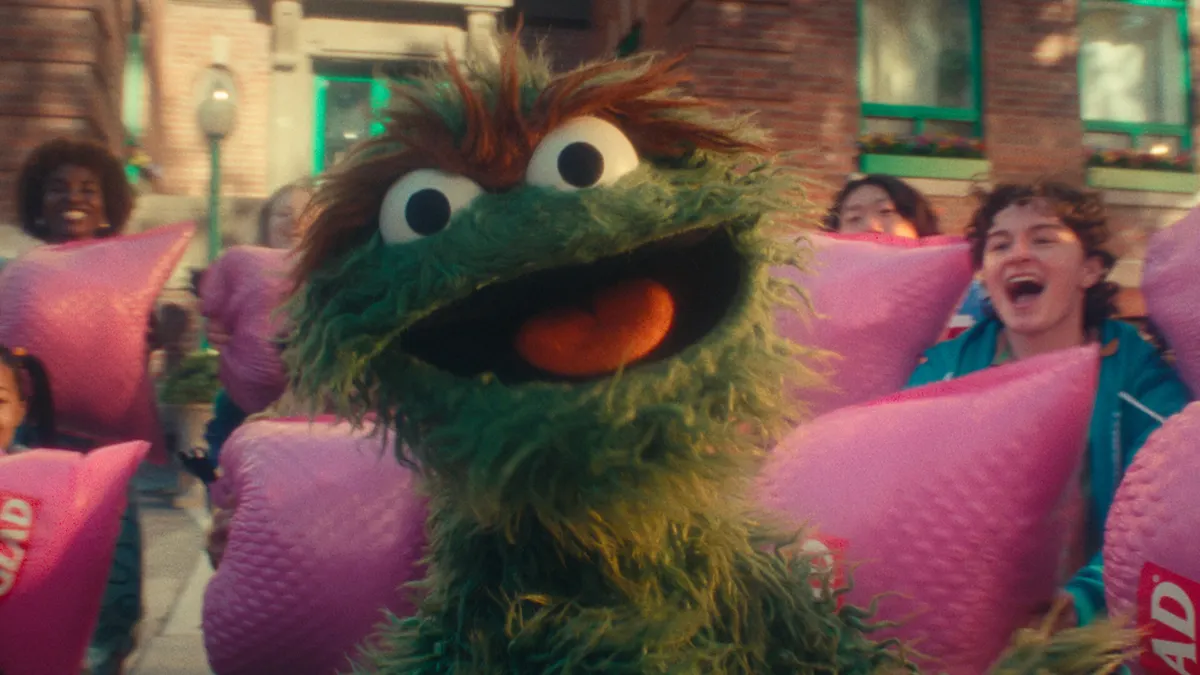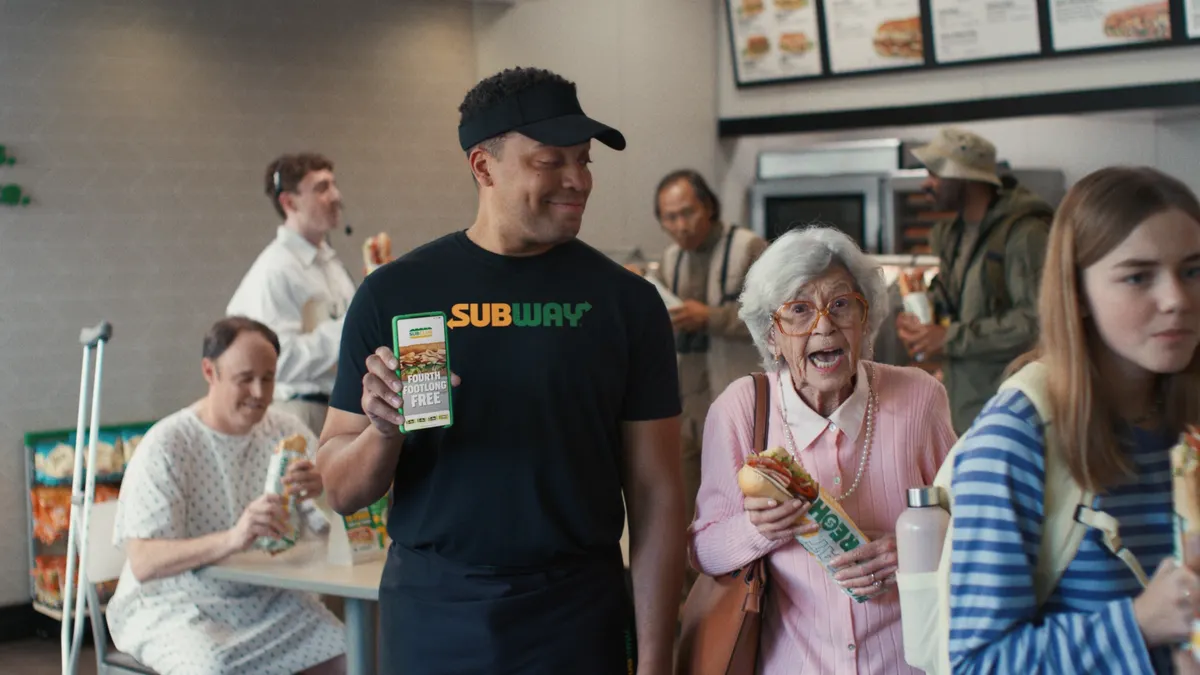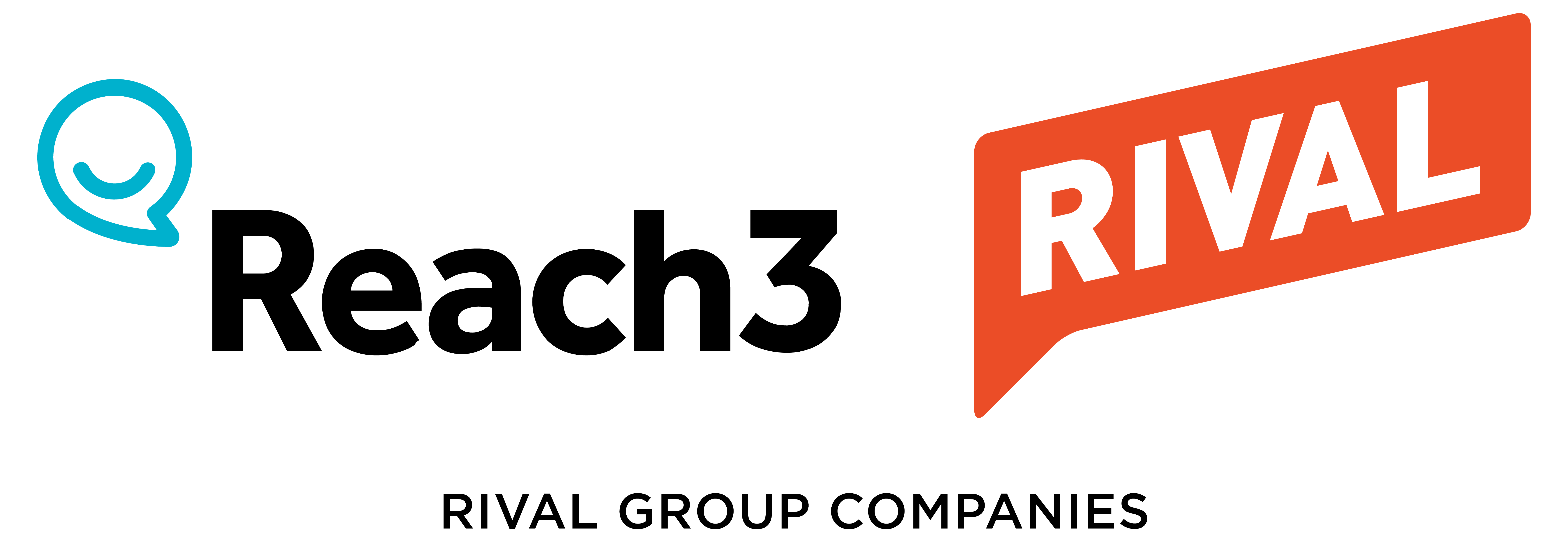NEW YORK — From pop-up ads to in-game integrations, advertising within the gaming ecosystem has undergone significant growth and innovation in recent years. Despite these developments, however, only a fraction of marketing spend goes toward gaming. As marketers recently converged in New York for Advertising Week, making the most of gaming was a hot topic of conversation, including during the first-ever Gaming Summit at the conference.
Topics covered included targeting specific audiences, activating on various platforms, understanding how to measure campaign performance and more. Speakers from across different industries weighed in, including CPG marketers such as PepsiCo, major platforms like Twitch and Discord and more endemic companies such as Super League and Microsoft.
Dave’s Hot Chicken is one brand trying to make the most of gaming. During the Gaming Summit, an executive with the young brand said gaming advertising allows it to reach younger consumers while enhancing digital experiences. The brand is able to educate consumers about its product without sounding too “salesy,” the executive said.
To help marketers keep up-to-date on the latest developments in this growing space, Marketing Dive has compiled a list of the top six gaming takeaways from Advertising Week New York.
Don’t say the word “gamer”
With 3.6 billion gamers globally, the community is hardly a monolith. People from all walks of life participate in the pastime, whether in the form of intense, hours-long sessions or just casually playing on a mobile device during a morning commute. In fact, 83% of gamers are mobile players.
Despite this, when people hear the word “gamer,” usually one image comes to mind — a male (usually white) teenager spending hours at a PC or console. Not only is this image inaccurate, using the word “gamer” can scare off potential marketers and partners because of its connotations. The best option? Just don’t use it.
“The minute that you hear the term ‘gamer,’ you have a very specific image in your mind. That is exactly what we’re trying to get away from right now,” said Jonathan Stringfield, vice president of global business strategy, analytics and trust at Microsoft Advertising during a panel.
The term “metaverse” failed, the conversation didn’t
When the metaverse piqued marketers interest approximately three years ago, gaming got a lot of attention. The promise of multiconnected platforms has the potential to transform how people interact online, opening new doors for brands.
Gaming already had a lot of interoperability the metaverse needed. However, the conversation around the metaverse fizzled, and with it, a lot of hype surrounding gaming advertising. But, the conversation still held significant benefits for the industry as marketers grew more comfortable with activating in games.
“The label of the metaverse failed us,” said Stringfield. “What didn’t fail us was still thinking through the potentiality of these worlds, which existed before the metaverse conversation happened.”
CTV, the next frontier
One of the biggest challenges facing marketers who wish to break into gaming is reaching consumers. While mobile gaming dominates, console is leading the way in terms of growth, seeing a 5.5% year-over-year increase from 2024, according to Newzoo data. Console players, who typically play alone or online via a TV, can feel unreachable.
CTV offers marketers a workaround. The technology has developed rapidly and marketers are able to treat gaming much like they would treat any other CTV activation. However, instead of seeing an advertisement before a show, they see one as a game loads.
However, there are still risks when it comes to this strategy. Namely, when an ad appears is almost as important as where it appears and who it targets.
“Enhancing the experience is very important. Be careful where your ad shows up, because, if you interrupt a player in the middle of a kill streak, they will hate you for life,” said Stephanie Hawkins, director of gaming at Wavemaker.
Social engagement
Gaming has become a key form of socialization, especially among young consumers. Not only are consumers chatting on platforms such as Roblox and Fortnite, they are going to independent platforms to socialize as they game. Discord is the most notable example, with 90% of users coming to the platform to game with friends, according to Meena Mutha, director of gaming advertising solutions at Discord.
“They’re coming to Discord to game, but they’re also coming to form communities, communicate with their friends and form connections, especially when it comes to Gen Z,” said Mutha.
This presents a unique opportunity for advertisers. Even if brands can’t integrate into a game itself, they are able to interact with the conversation around it. Community-based platforms like Twitch and Discord open that door.
Not a monolith
The gaming landscape is just as diverse as its players. The player base of a first-person shooter like Call of Duty may look very different from the player base of a cozy farming sim like Stardew Valley. For example, mobile games tend to be more popular with women, according to Hawkins.
“When brands are looking at the gaming space, it’s starting with the audience and understanding what audiences are going after and not thinking of gaming as a monolith,” said Hawkins.
Like any other media buy, knowing a brand’s audience is of utmost importance. Audiences for a game can vary, and understanding this will help make gaming advertising successful.
Changing the measurement mindset
As consumer attention fragments, measuring campaign effectiveness has become more nuanced. Gaming advertising has its own sets of challenges and hurdles, such as a lack of standardization. This means marketers are going to have to consider what success looks like to them.
However, one of the major benefits of gaming advertisement is that consumers tend to be a lot more engaged with the content. They are actively interacting with it in a way that isn’t always possible on other platforms. Marketers are going to have to test what works for them.
“What’s really important is to consistently test, and you don’t have to go and put in $5 million behind a test,” said Srishti Handa, senior director of marketing at Dave’s Hot Chicken. “It's a manageable test…when you test, you learn a lot more.”


